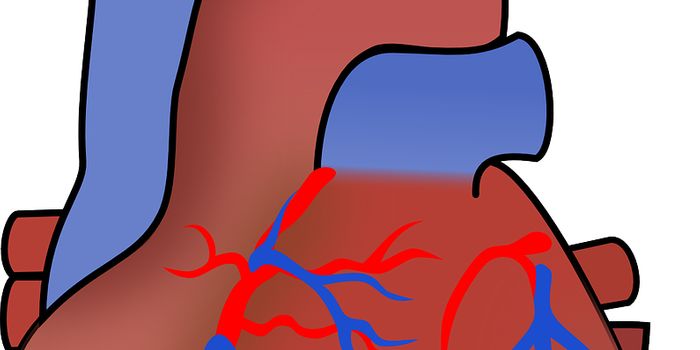A School-based Approach to Combatting Adolescent Obesity
It should come as no surprise that obesity is a significant public health concern associated with astronomical economic costs and poor health outcomes, particularly in the United States. The Centers for Disease Control and Prevention estimates that, in the United States between 2017 and 2018, 14.4 million children and adolescents were classified as obese. The obesity prevalence was approximately 21% in those 12 to 19 years of age. Like adults, children and adolescents can become obese due to several factors like apparent sedentary behavior and poor nutrition, as well as less obvious reasons such as certain medications, stress, and sleep routines. Childhood obesity can have significant health consequences such as an increased risk of high blood pressure, diabetes, and depression. Obese children and adolescents can face stigma, which can adversely impact their quality of life, and they are more likely to be obese in adulthood.
What can be done to rein in this problem?
In January 2021, a systematic review and meta-analysis including mostly randomized controlled trials was published, reviewing the impact of school-based interventions with health education on body mass index in adolescents 10 to 19 years of age. The authors note that effective interventions featured involvement by both parents and teachers, a face-to-face component, digital components, school environment modification, and a focus on direct physical activity, as well as weight control. Most interventions were delivered by teachers in classroom settings who had been trained on how to deliver the intervention.
The review included 33 interventions, most of which were considered low risk of bias. Limitations of this review include the potential for publication bias and the inclusion of some non-randomized controlled trials. Also, only studies from high-income countries such as the United States were included, potentially making the results less generalizable.
This evidence suggests that school-based health education interventions can have the potential to improve body mass index in adolescents. These findings are crucial as they can provide guidance to schools developing their social health education curriculum. The review discusses components of effective interventions which schools can reference when tailoring their programs to be most impactful, and policymakers can use when directing resources to support such programming. Thus, school-based health education intervention may be thought of as a key player in a much larger public health strategy to combat obesity.
Sources: CDC, International Journal of Behavioral Nutrition and Physical Activity, World Bank
-
APR 30, 2024Immuno-Oncology Virtual Event Series 2024
-
MAY 07, 20243rd International Biosecurity Virtual Symposium
-
JUN 06, 2024The Future of Scientific Conferencing
- See More


















































